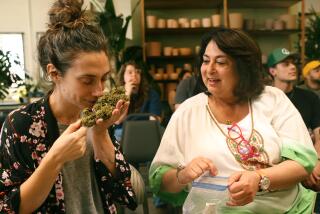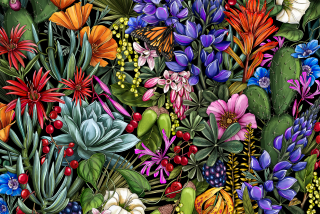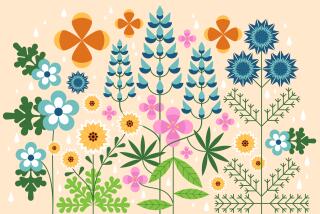Wildflowers, Vegetable Seeds
Native plants and wildflowers start their growth with the first rains, so now is the natural time to plant them. Natives may need extra water during their first year, but after that they should be able to get by pretty much on their own. Wildflower seeds do best if the soil is prepared first and the seeds are covered lightly before they’re watered. To cast seeds about willy-nilly is literally to feed birds and rodents. The best places to look for native plants and seeds are the Theodore Payne Foundation, 10459 Tuxford St., Sun Valley, and the Santa Barbara Botanic Garden, 1212 Mission Canyon Road, Santa Barbara.
New plants can be started from prunings. Fuchsias bloom on new growth; cut them back by one-half to two-thirds. From the prunings, make cuttings four to five inches long. Place them about halfway into a good planting mix that drains well, and label them. Geraniums also can be cut back. However, wait to put their cuttings into a planting mix for at least a day; the cut ends will form calluses, preventing rot. If you live in one of the colder areas, do not prune until the danger of frost has passed. Cutting back forces out very tender new growth that would not survive a frost.
Your 1987 vegetable seed catalogues should be ordered this month. Companies that offer good selections of new, established and unusual vegetable varieties for kitchen gardens include Park Seed Co. (Highway 254 North, Greenwood, S.C. 29647); W. Atlee Burpee Co. (300 Park Ave., Warminster, Pa. 18991) and Nichols Garden Nursery (1190 N. Pacific Highway, Albany, Ore. 97321). All provide catalogues free.






